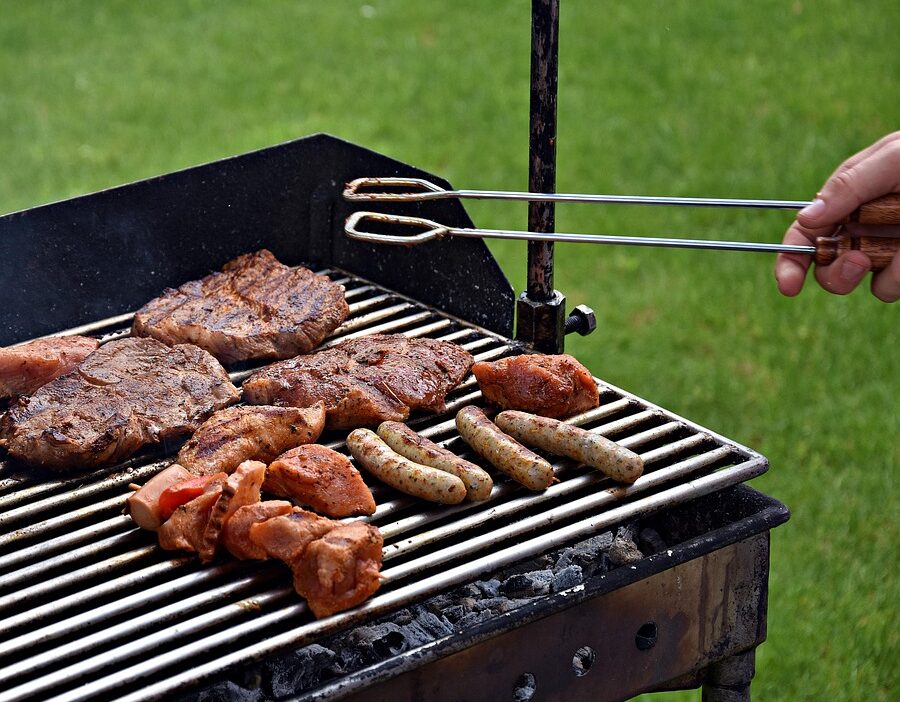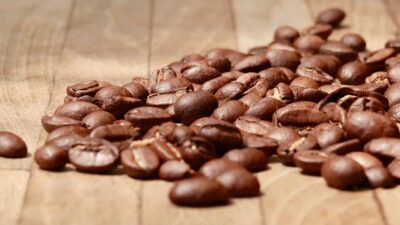Grilling is an art form that combines heat, technique, and a little flair to create mouthwatering meals. One of the simplest ways to elevate your grilling game is by incorporating smoky flavors using wood chips. Whether you’re a novice griller or a seasoned pro, adding wood chips can introduce complex flavors that take your dishes from ordinary to extraordinary. In this article, we’ll explore the types of wood chips, how to prepare them, and tips on using them effectively to enhance your grilling experience.
The Magic of Smoky Flavors
Wood chips are small pieces of wood that are used to produce smoke during the cooking process, infusing your food with rich, smoky flavors. The use of wood chips is a technique rooted in traditional cooking methods, and it can be harnessed for grilling on gas, charcoal, or electric grills.
Choosing the Right Wood Chips
Different types of wood impart distinct flavor profiles and aromas. Here’s a quick guide to some popular wood types and the flavors they contribute:
- Hickory: One of the most popular woods for smoking, hickory offers a robust flavor that complements pork, ribs, and beef.
- Mesquite: Known for its strong, bold taste, mesquite is best used sparingly, as it can overpower milder meats. It pairs well with beef, especially in Texas-style barbecue.
- Apple: A milder wood, apple wood contributes a sweet, fruity aroma and is perfect for chicken and pork.
- Cherry: Similar to apple, cherry wood gives a sweet, mild flavor and imparts a beautiful color to meats, making it ideal for pork and poultry.
- Oak: Versatile and balanced, oak provides a medium smoky flavor and works well with virtually any meat.
Preparing Wood Chips for Grilling
Proper preparation of wood chips is crucial for maximizing the smoky flavor in your grilled dishes. Here’s how to do it:
-
Soaking: For most grilling applications, soak your wood chips in water for at least 30 minutes before use. This step helps prevent the chips from catching fire too quickly and encourages prolonged smoke production.
-
Drying (Optional): Some grillers prefer to use dry wood chips for a stronger initial burst of smoke. Experimenting with both wet and dry chips can yield different flavor outcomes.
- Chunk or Shaving: Depending on your grilling setup, you can use either wood chips or larger chunks of wood. Chips ignite quickly and provide smoke rapidly, while chunks burn slower and can impart flavor over a longer cooking period.
Incorporating Wood Chips into Your Grilling
For Charcoal Grills
-
Direct Method: After lighting your charcoal and letting it ash over, scatter a handful of soaked wood chips directly onto the hot coals. This method creates an immediate burst of smoke.
- Indirect Method: For longer cooks, place the soaked chips in a smoker box or wrap them in aluminum foil (poke holes to allow smoke to escape) and place them on the cooler side of the grill. This technique creates a slower, more controlled smoke.
For Gas Grills
-
Use a Smoker Box: Many gas grills come with a built-in smoker box specifically designed to hold wood chips. Simply fill the box with soaked chips and ignite the grill. The heat will generate smoke without directly exposing the chips to flames.
- Foil Packet Method: If your grill doesn’t have a smoker box, create a foil packet with soaked wood chips. Poke holes in the top to release smoke and place the packet on the grill grates over direct heat.
For Electric Grills
- Use a Smoker Box or Pan: Similar to gas grills, many electric grills have smoker attachments. If not, a small cast-iron pan filled with soaked wood chips can be placed on the grates to generate smoke.
Tips for Best Results
-
Control the Smolder: Adjust the temperature and ventilation to keep smoke production steady without creating excessive smoke, which can result in bitter flavors.
-
Experiment: Don’t hesitate to mix different types of wood chips for unique flavor profiles. Combining hickory with cherry, for instance, can create a deliciously balanced flavor.
-
Monitor Cooking Time: The intensity of smokiness can depend on cooking time; thick cuts may absorb more smoke than thin cuts. Adjust the amount and type of wood chips based on what you’re cooking.
- Ventilation: Make sure your grill is well-ventilated to allow smoke to circulate properly and prevent any off-putting aromas.
Conclusion
Using wood chips in your grilling routine can transform the way you experience outdoor cooking. By selecting the right wood type, preparing your chips, and utilizing effective grilling techniques, you can introduce a world of smoky flavors that will impress your family and friends. Explore the rich nuances that different woods can bring to your favorite dishes; your palate is in for a tantalizing adventure! Happy grilling!



